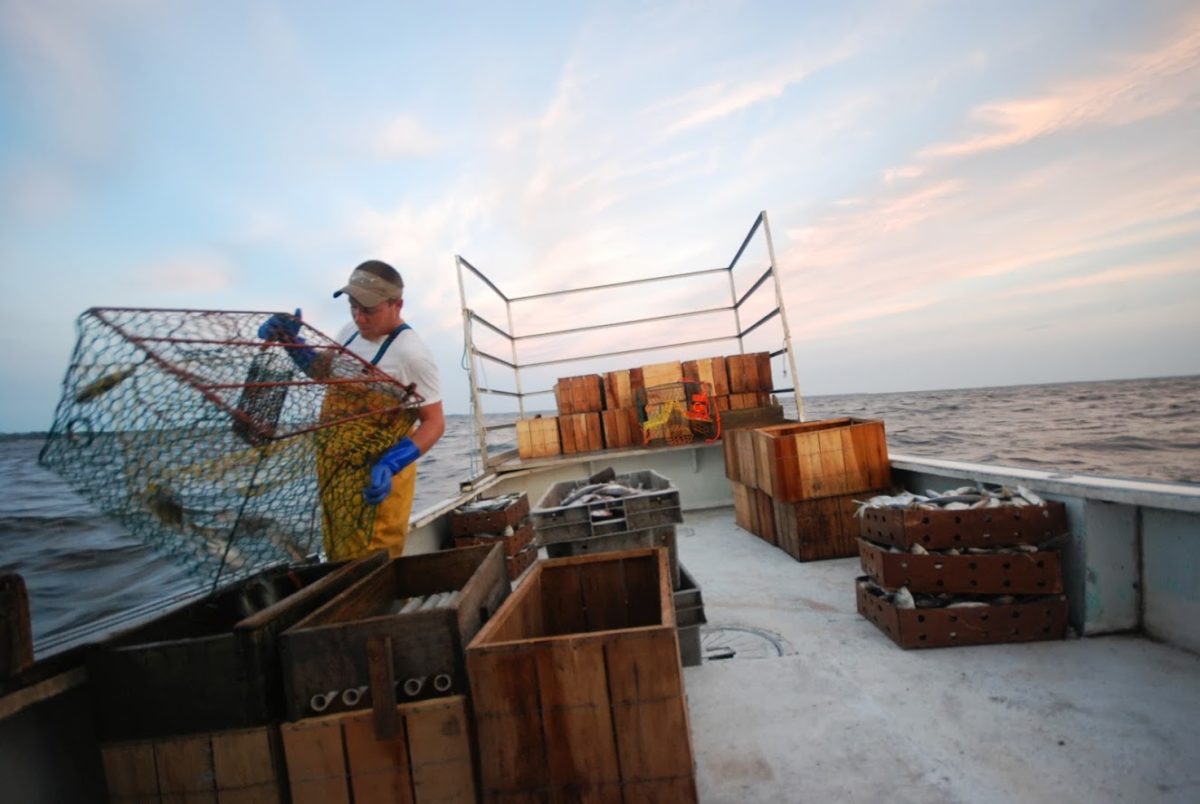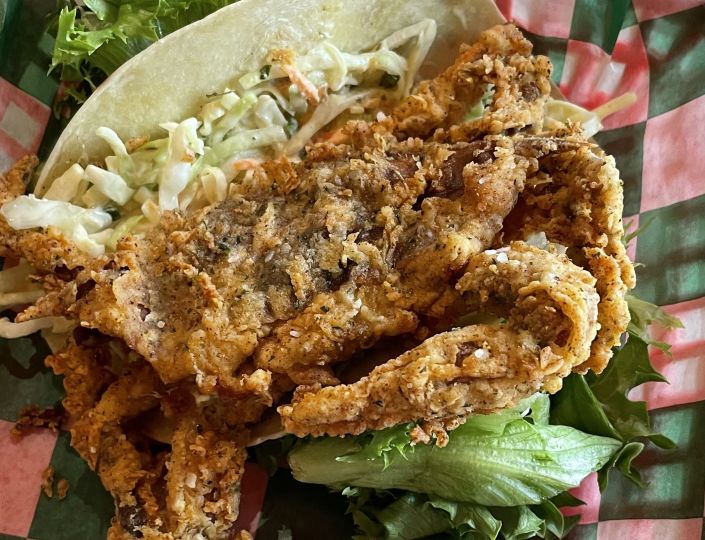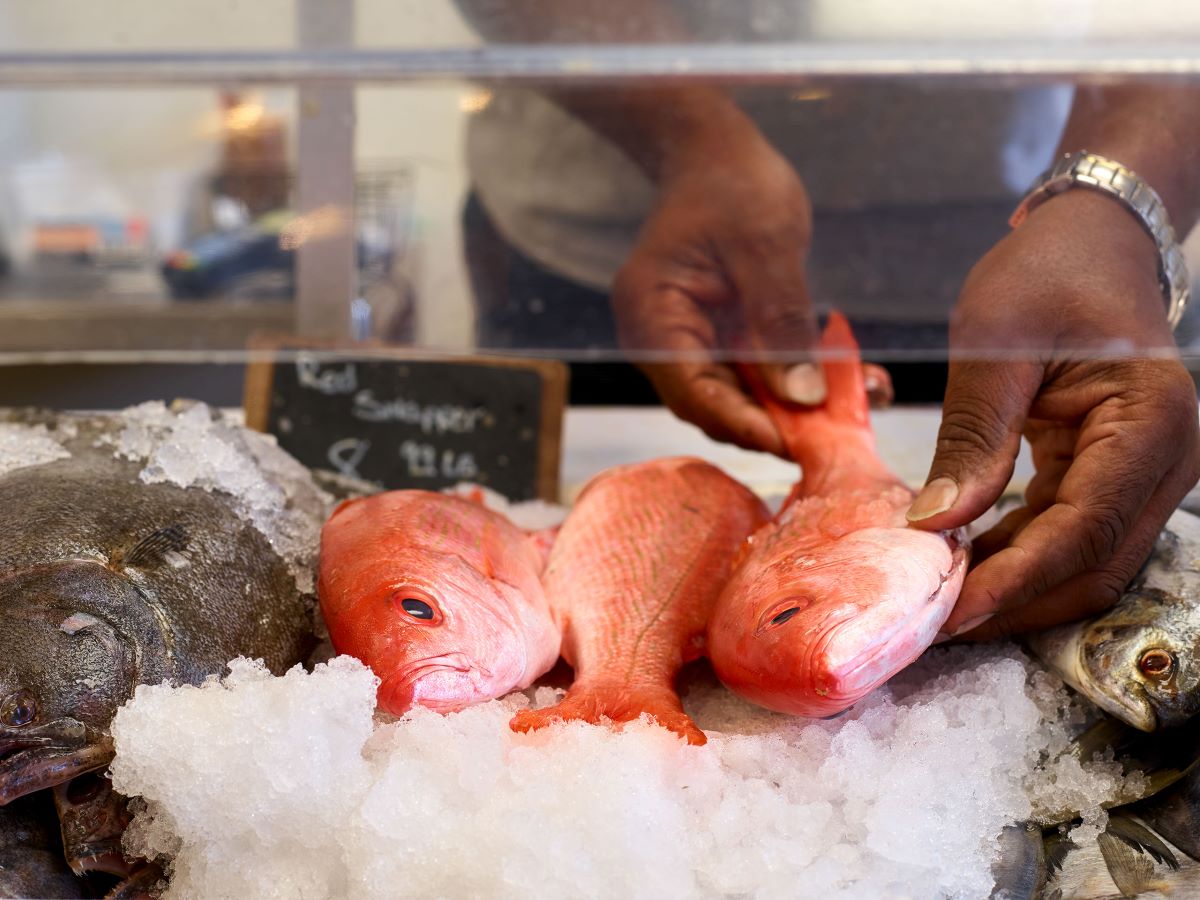Can NC's Local Seafood Movement Help Save its Fishermen?

From Civil Eats • November 16, 2016
A group of forward-thinking fishermen are appealing to the local food scene by marketing the nearly 50 types of fish across four seasons to their community.
BY CHRISTINA COOKE
North Carolina’s commercial fishermen—who work primarily in independent, small-scale operations—landed 66 million pounds of fish last year, but rather than ending up on North Carolina plates, the majority was whisked out of state to markets where it could fetch a higher price.
“I think more New Yorkers eat North Carolina seafood than North Carolinians,” says Ann Simpson, who grew up in a small town on the coast and currently directs North Carolina Catch, a partnership of smaller organizations working to strengthen the state’s local seafood economy.
To fill the void created by the export of its catch, North Carolina—like most states—ships in seafood from abroad. Today, around 90 percent of the seafood Americans eat has been imported from places like China, Thailand, Canada, Indonesia, Vietnam, and Ecuador, and the average fish travels more than 5,400 miles between the landing dock and point of sale.
“People come to the coast looking for fresh seafood, and for the most part, they’re getting seafood from halfway around the world, which they’re eating in a local setting,” says Noelle Boucquey, assistant professor of environmental studies at Eckerd College, who studied North Carolina’s fisheries while at Duke University. Patronize a vendor at the Outer Banks Seafood Festival in Nags Head, and you’ll face the same conundrum.
North Carolina’s geography enables its waters to support a diverse array of species. The cold-water Labrador Current from the north meets the warm-water Gulf Stream from the south just off of Cape Hatteras, and the differing temperatures cause an upwelling of nutrient-rich water. In addition, the 200-mile-long string of barrier islands off the coast creates a network of protected habitats. Rather than relying on a dominant species, like salmon in Alaska or lobster in Maine, commercial fishermen in North Carolina catch between 30 and 50 types of fish across all four seasons.
“We don’t do one thing year-round,” says longtime fisherman Dewey Hemilright, who operates a 42-foot boat named Tar Baby out of Wanchese, North Carolina, catching tuna, swordfish, bluefish, spiny dogfish, croakers, blueline tilefish, and many others, depending on the season. “The diversity of fisheries is what makes us unique.”
Despite the variety, North Carolina fishermen—like their counterparts across the country—face a number of pressures. Imports’ effects on the market, state, and federal regulations, the disappearance of the working waterfront, and environmental degradation have caused many commercial fishermen to abandon the trade. Between 2000 and 2014, the number of commercial fishermen in North Carolina declined from 4,200 to 2,600—or about 38 percent. “It’s getting tougher,” Hemilright says.





